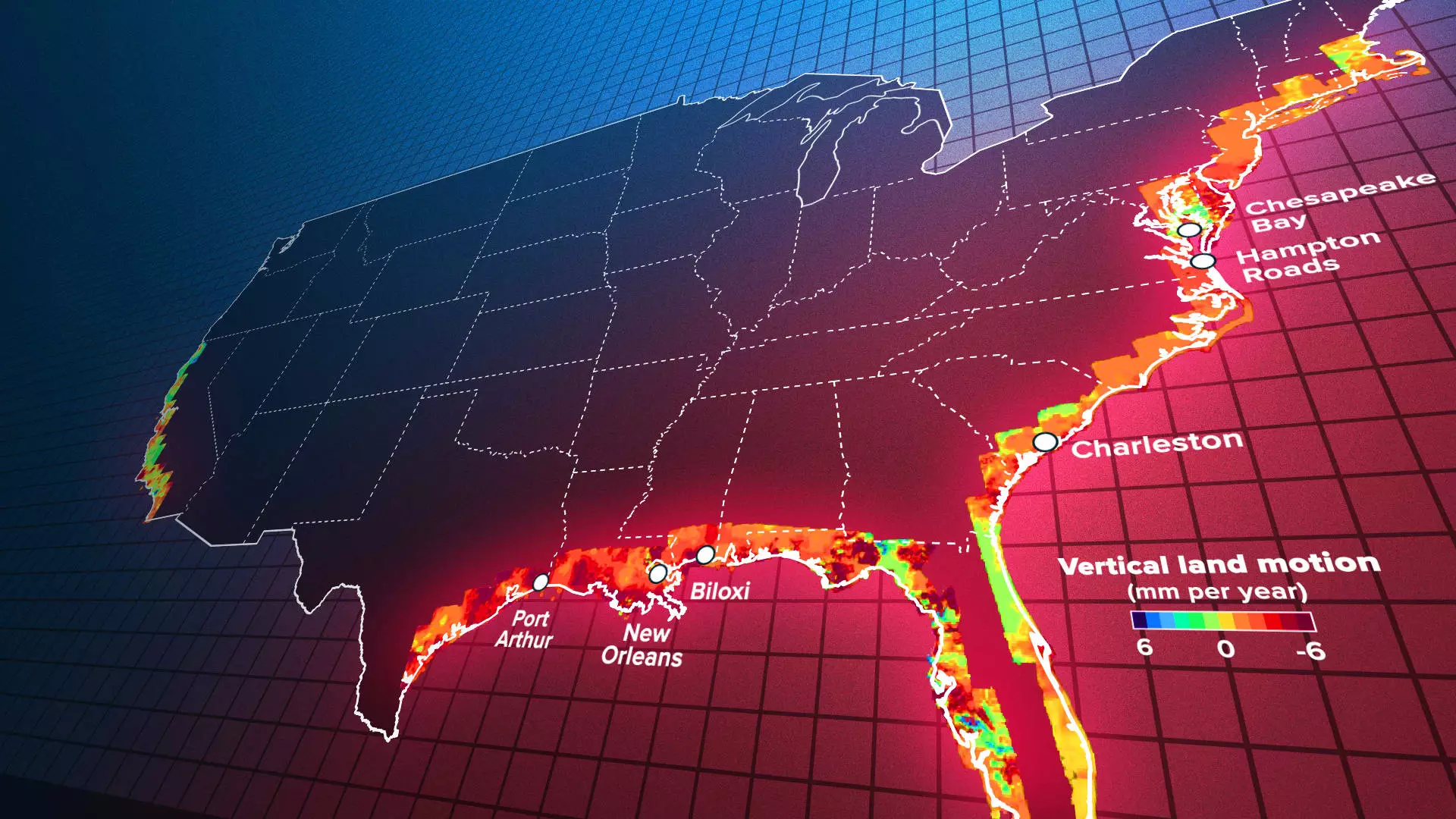The land beneath many major U.S. cities is sinking, leading to a phenomenon known as land subsidence. This issue is prevalent in cities such as New Orleans, New York City, Miami, and south San Francisco. The consequences of land subsidence can be severe, impacting the integrity of buildings and infrastructure. When combined with rising sea levels, the incidence of flooding can significantly increase.
Research conducted by assistant professor of public policy Mehdi Nemati at the University of California, Riverside, and his colleagues revealed that problems associated with land subsidence can cost U.S. homeowners 6% of their home value. In areas with high subsidence rates, this number can jump to 8.1%. These findings indicate that the financial implications of land subsidence are significant, posing a threat to the economic well-being of homeowners across the country.
Unfortunately, standard homeowners insurance typically does not cover issues related to land subsidence. However, in some regions, it may be possible to purchase specific coverage for subsidence caused by factors such as nearby mines or mining activities. Consumers are urged to explore their options for protection against the risks associated with land subsidence to safeguard their homes and assets.
Causes of Land Subsidence
Both natural and man-made processes contribute to land subsidence. Natural factors, such as glacier melting in the U.S. and Canada, can lead to a “see-saw” effect where land in one area falls while rising in another. Additionally, tectonic processes, including earthquakes, play a role in land subsidence. Human activities, such as groundwater extraction and construction practices, also contribute to the sinking of land. As groundwater is depleted, the space beneath the surface compacts, causing the land above to sink. Furthermore, heavy building materials can further exacerbate the problem, putting infrastructure at risk.
Risks and Consequences
The impact of land subsidence is felt directly by homeowners, as they may experience issues with their properties due to shifting land. Furthermore, the local economy can suffer indirectly from the effects of subsidence on infrastructure. If critical infrastructure, such as rail lines, is affected by sinking land, it can lead to erosion and damage, posing significant risks to public safety and the economy. Experts warn that failing to account for shifting land in infrastructure design can have dangerous consequences and result in costly repairs.
The prevalence of land subsidence in U.S. cities poses a significant threat to homeowners, infrastructure, and the economy. It is essential for individuals and policymakers to address the root causes of land subsidence and implement measures to mitigate its impacts. By understanding the factors contributing to subsidence and taking proactive steps to protect against its consequences, we can work towards creating more resilient and sustainable urban environments.

